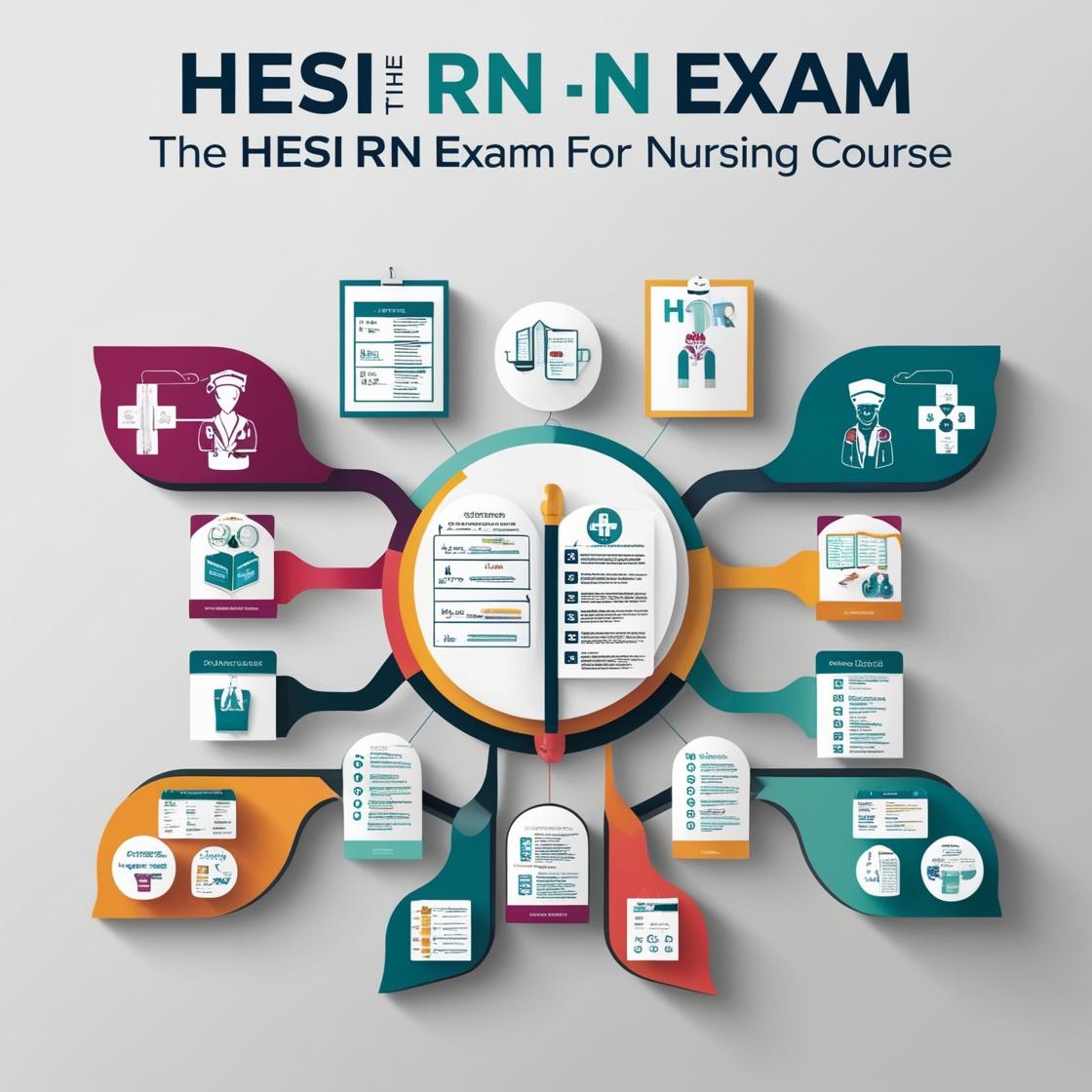HESI RN
HESI Medical Surgical Specialty Exam
1. A client with acute glomerulonephritis (GN) is being evaluated by a nurse. Which manifestation should the nurse recognize as a positive response to the prescribed treatment?
- A. The client has lost 11 pounds in the past 10 days.
- B. The client’s urine specific gravity is 1.048.
- C. No blood is observed in the client’s urine.
- D. The client’s blood pressure is 152/88 mm Hg.
Correct answer: A
Rationale: A weight loss of 11 pounds in the past 10 days indicates fluid loss, a positive response to treatment for acute glomerulonephritis. It signifies that the glomeruli are functioning adequately to filter excess fluid. A urine specific gravity of 1.048 is high, indicating concentrated urine, which is not a positive response in this context. Blood in the urine is not a typical finding in glomerulonephritis, so its absence is expected and does not indicate a positive response to treatment. A blood pressure of 152/88 mm Hg is elevated and may suggest kidney damage or fluid overload, which are not positive responses to treatment.
2. A healthcare professional is monitoring the respiratory status of a client who has just undergone surgery and is wearing a pulse oximeter. Which of the following coexisting problems is cause for the healthcare professional to suspect that the oxygen saturation readings are not entirely accurate?
- A. Infection
- B. Hypertension
- C. Low blood pressure
- D. Loss of cough reflex
Correct answer: C
Rationale: Low blood pressure (hypotension), shock, and the use of peripheral vasoconstricting medications can lead to inaccurate pulse oximetry readings due to impaired peripheral perfusion. Hypertension and infection are not typically associated with inaccurate pulse oximetry readings, while the loss of cough reflex does not directly affect oxygen saturation readings.
3. A client with acute kidney injury has a blood pressure of 76/55 mm Hg. The health care provider ordered 1000 mL of normal saline to be infused over 1 hour to maintain perfusion. The client is starting to develop shortness of breath. What is the nurse’s priority action?
- A. Calculate the mean arterial pressure (MAP).
- B. Ask for insertion of a pulmonary artery catheter.
- C. Take the client’s pulse.
- D. Slow down the normal saline infusion.
Correct answer: D
Rationale: The nurse should recognize that the client may be developing fluid overload and respiratory distress due to the rapid normal saline infusion. The priority action is to slow down the infusion to prevent worsening respiratory distress and potential fluid overload. While calculating the mean arterial pressure (MAP) is important to assess perfusion, addressing the immediate respiratory distress takes precedence. Inserting a pulmonary artery catheter would provide detailed hemodynamic information but is not the initial step in managing acute respiratory distress. Monitoring vital signs, including the client's pulse, is crucial after adjusting the intravenous infusion to ensure a safe response to the intervention.
4. A patient taking trimethoprim-sulfamethoxazole (TMP-SMX) to treat a urinary tract infection complains of a sore throat. The nurse will contact the provider to request an order for which laboratory test(s)?
- A. Complete blood count with differential
- B. Throat culture
- C. Urinalysis
- D. Coagulation studies
Correct answer: A
Rationale: When a patient taking trimethoprim-sulfamethoxazole (TMP-SMX) for a urinary tract infection presents with a sore throat, the nurse should request a complete blood count with differential. TMP-SMX can cause life-threatening adverse effects such as agranulocytosis, a condition characterized by a low white blood cell count, which can manifest as a sore throat. Ordering a complete blood count with differential helps assess the patient's white blood cell count to detect any potential serious adverse effects. Throat culture (Choice B) is not indicated unless there are specific signs of a throat infection. Urinalysis (Choice C) is not relevant for assessing a sore throat. Coagulation studies (Choice D) are not typically indicated for a sore throat symptom.
5. A client was admitted for a myocardial infarction and cardiogenic shock 2 days ago. Which laboratory test result should a nurse expect to find?
- A. Blood urea nitrogen (BUN) of 52 mg/dL
- B. Creatinine of 2.3 mg/dL
- C. BUN of 10 mg/dL
- D. BUN/creatinine ratio of 8:1
Correct answer: A
Rationale: In cardiogenic shock, decreased renal perfusion leads to an elevated BUN. Choice A is correct. Creatinine remains normal in cardiogenic shock as it signifies kidney damage, which has not occurred in this case. A low BUN indicates overhydration, malnutrition, or liver damage, which are not typically seen in cardiogenic shock. A low BUN/creatinine ratio is associated with fluid volume excess or acute renal tubular acidosis, not specifically indicative of cardiogenic shock.
Similar Questions

Access More Features
HESI RN Basic
$89/ 30 days
- 50,000 Questions with answers
- All HESI courses Coverage
- 30 days access @ $89
HESI RN Premium
$149.99/ 90 days
- 50,000 Questions with answers
- All HESI courses Coverage
- 30 days access @ $149.99
